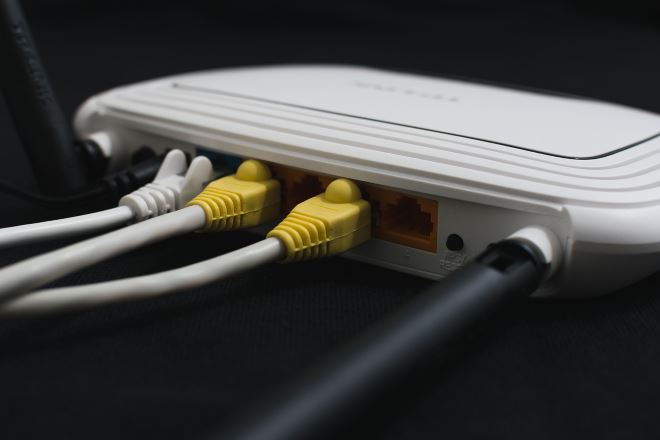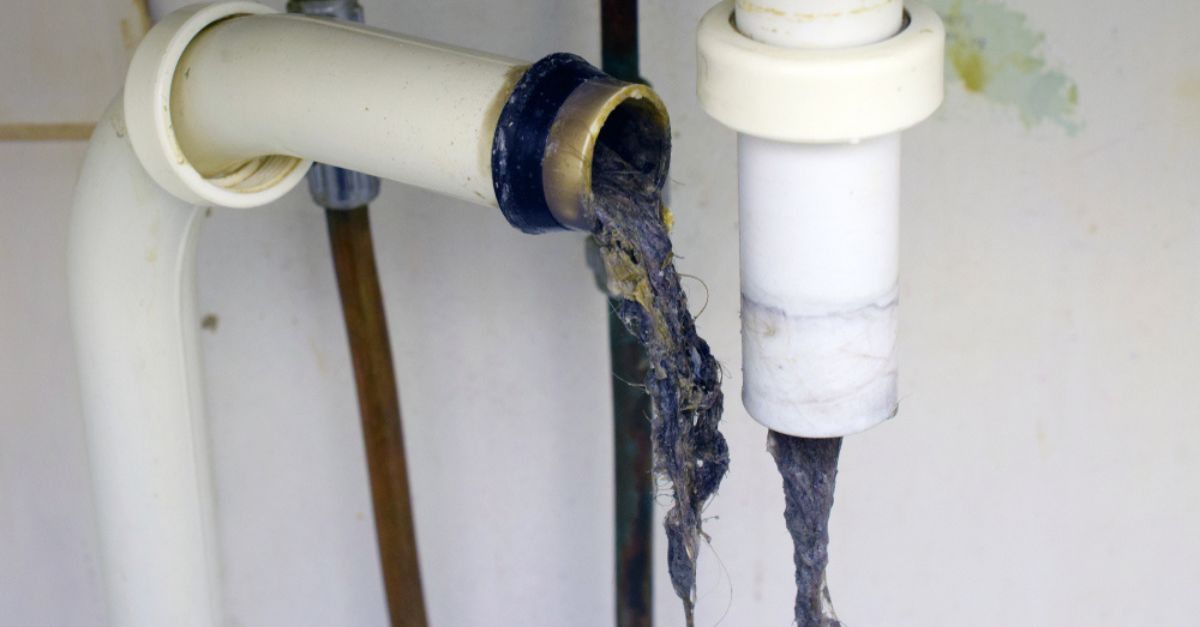Explore Reliable Internet Providers for Home Connections
Finding the right internet connection for your home can make the difference between seamless streaming, smooth video calls, and frustration-free work-from-home experiences versus constant buffering and dropped connections. With numerous providers offering various speeds, technologies, and pricing structures, selecting the most suitable home internet service requires understanding your specific needs and what's available in your local area. The right provider should offer consistent speeds, reliable service, responsive customer support, and competitive pricing that fits your budget.

What Internet Service Providers Are Available in Your Area
The availability of internet service providers varies significantly depending on your location, with urban areas typically having more options than rural communities. Major national providers like Comcast Xfinity, Verizon, AT&T, and Spectrum serve millions of customers across multiple states, while regional providers often focus on specific geographic areas with tailored service offerings. Cable internet providers use existing coaxial cable infrastructure to deliver broadband services, while fiber-optic providers offer the fastest speeds through dedicated fiber networks. DSL providers utilize telephone lines to provide internet access, though speeds are generally slower than cable or fiber options. Satellite internet providers serve areas where traditional wired connections aren’t available, making them essential for remote and rural locations.
How to Choose the Best Home Internet Providers
Selecting the right home internet provider involves evaluating several key factors beyond just advertised speeds and monthly costs. Start by assessing your household’s internet usage patterns, including the number of connected devices, streaming habits, gaming requirements, and work-from-home needs. Consider the provider’s reputation for reliability and customer service by reading reviews from current customers in your area. Examine the total cost of service, including installation fees, equipment rental charges, and any promotional pricing that may increase after an introductory period. Check for data caps or throttling policies that might affect your usage, especially if you frequently stream high-definition content or work with large files. Additionally, inquire about contract terms, early termination fees, and the provider’s policy for service outages or technical support.
Understanding High Speed Internet Plans and Options
High speed internet plans vary widely in terms of download and upload speeds, with different tiers designed to accommodate various usage levels and household sizes. Basic plans typically offer 25-50 Mbps download speeds, suitable for light internet usage, email, and standard streaming on one or two devices. Mid-tier plans range from 100-300 Mbps, accommodating multiple users, HD streaming on several devices, and moderate gaming or video conferencing needs. Premium high-speed plans offer 500 Mbps to 1 Gigabit (1000 Mbps) or higher, ideal for large households, extensive streaming, gaming, and heavy work-from-home requirements. Upload speeds are equally important, particularly for video conferencing, cloud backup, and content creation activities. Fiber-optic connections typically offer symmetrical speeds, meaning upload and download speeds are equal, while cable and DSL connections usually provide faster download speeds than upload speeds.
| Provider | Plan Type | Speed Range | Monthly Cost Estimate |
|---|---|---|---|
| Comcast Xfinity | Cable | 75-1200 Mbps | $30-$80 |
| Verizon Fios | Fiber | 200-940 Mbps | $40-$80 |
| AT&T | Fiber/DSL | 25-1000 Mbps | $35-$80 |
| Spectrum | Cable | 300-940 Mbps | $50-$90 |
| Cox Communications | Cable | 25-940 Mbps | $30-$100 |
Prices, rates, or cost estimates mentioned in this article are based on the latest available information but may change over time. Independent research is advised before making financial decisions.
The internet service landscape continues evolving with technological advances and changing consumer needs. Fiber-optic networks are expanding into more areas, offering faster and more reliable connections than traditional cable or DSL services. 5G home internet is emerging as an alternative in select markets, providing wireless broadband service that can compete with traditional wired connections. Many providers now offer bundled services combining internet, television, and phone services, though standalone internet plans often provide better value for customers who primarily use streaming services for entertainment.
When comparing providers, consider the long-term value rather than just introductory pricing. Some providers offer price-lock guarantees, ensuring your monthly rate won’t increase for a specified period, while others may raise rates significantly after promotional periods end. Equipment costs can add $10-15 monthly to your bill, though many providers offer the option to purchase your own compatible modem and router to eliminate rental fees. Installation fees typically range from free to $100, depending on the provider and complexity of the setup required.
Customer service quality varies significantly among internet providers, with some offering 24/7 technical support while others limit support hours or rely heavily on online self-service options. Consider providers that offer service level agreements guaranteeing uptime percentages and compensation for extended outages. Local and regional providers sometimes offer more personalized customer service and competitive pricing compared to large national companies, making them worth investigating in areas where they’re available.
The process of switching internet providers has become more streamlined, though timing coordination is important to avoid service gaps. Most providers can complete installation within one to two weeks of ordering, though complex installations or areas requiring new infrastructure may take longer. Before committing to a new provider, verify that their service actually reaches your specific address, as coverage maps sometimes show broader availability than what’s technically feasible for individual locations.




